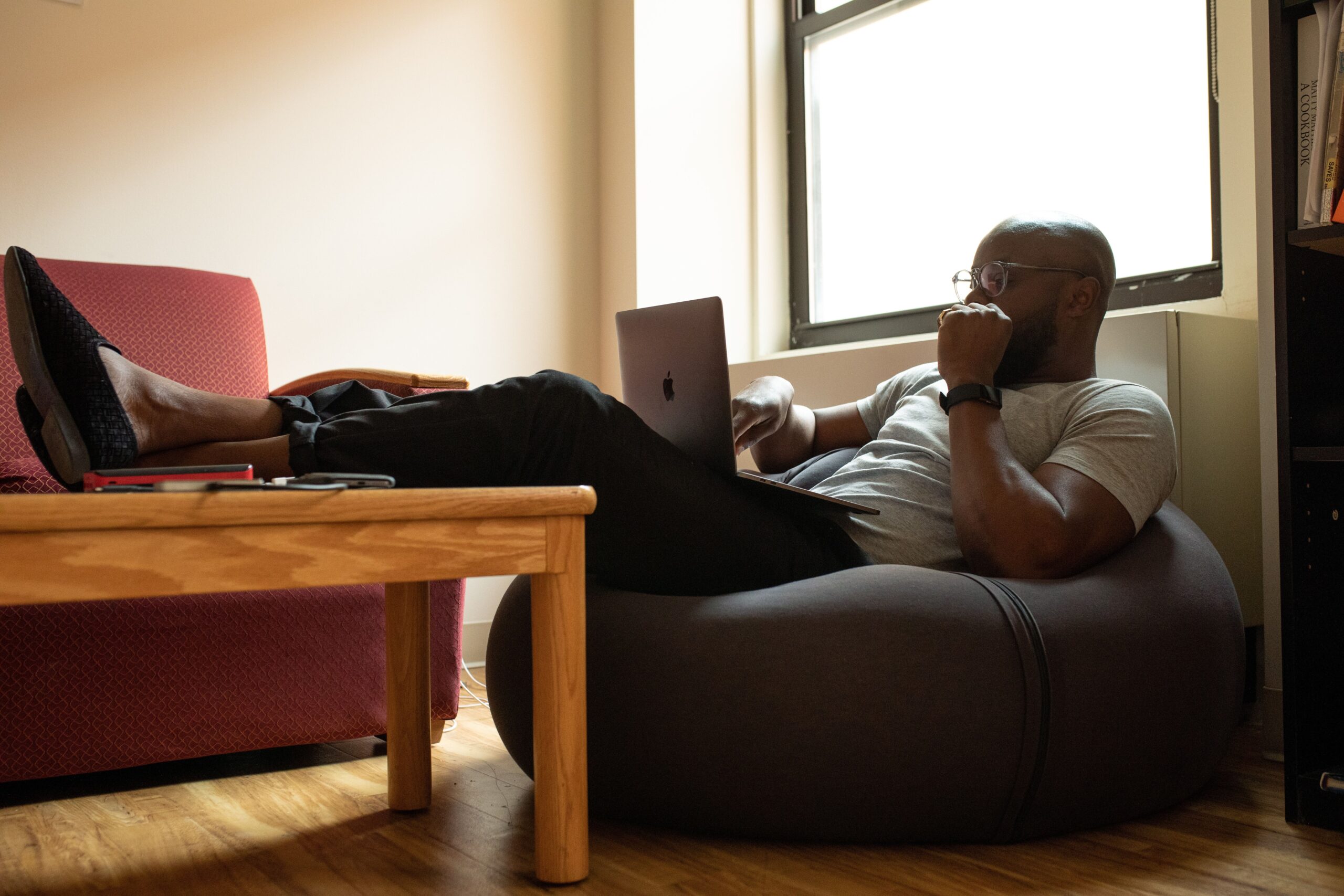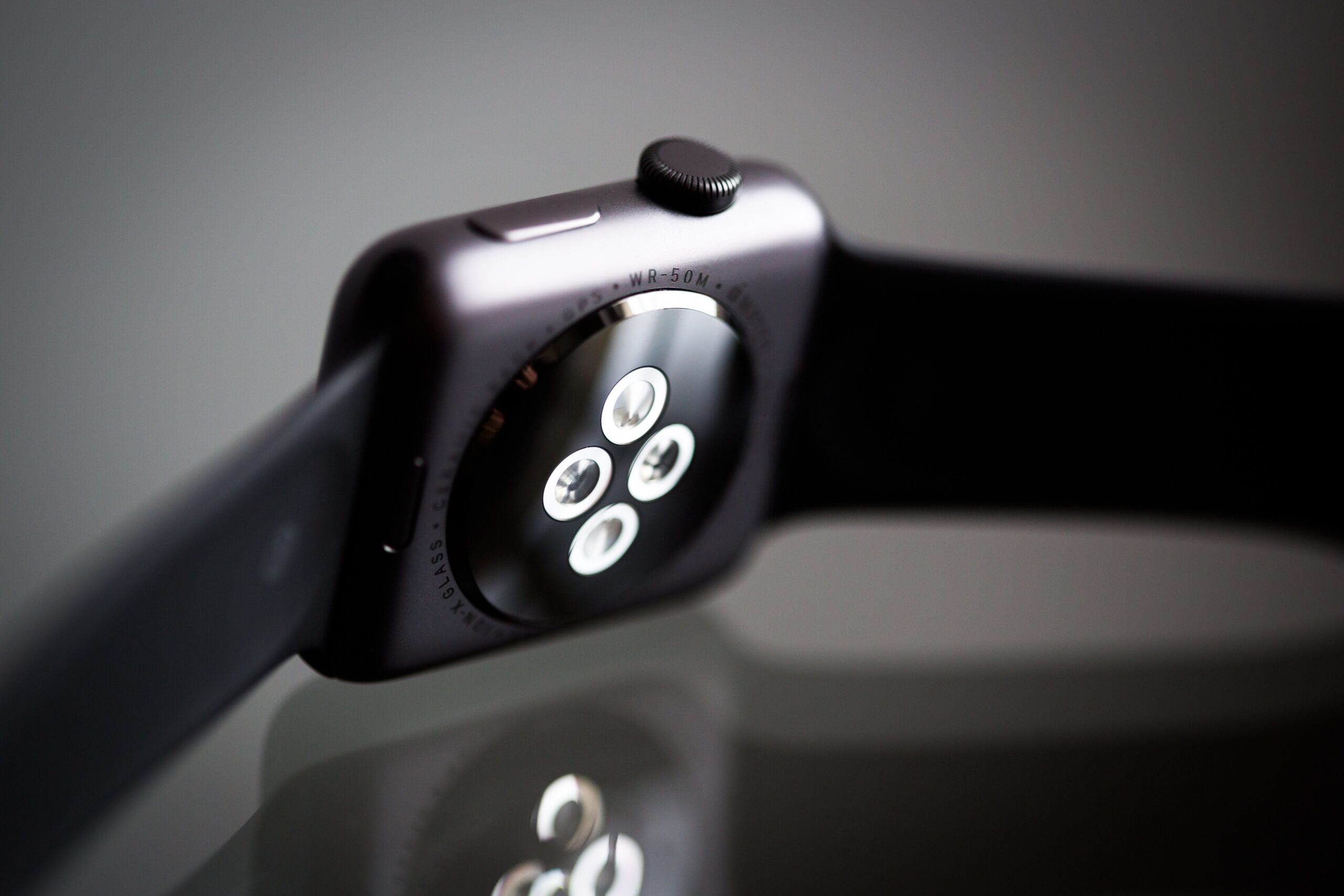Usually, tech trends are shaped by the giant companies that make the services and products at the cutting edge. But sometimes a global event comes along that changes everyone’s priorities. That’s what happened in 2020 with the coronavirus, and its effects are going to felt well into 2021. These are some of the biggest trends in tech the next year is going to bring as life returns not to normal, but instead to a “new normal”.
Work from home
Even when COVID-19 vaccines are readily available and returning to offices is safe, many people won’t do it. While those with children may flock to offices for some peace and quiet, those who’ve become used to the flexibility remote work offers are expected to continue to embrace it, particularly if they’ve invested in the tools to make it possible. Similarly, companies that have downsized their facilities, cancelled leases; or otherwise grown accustomed to having a smaller footprint and the cost-savings that come with it might prefer to subsidise employees’ work-from-home expenses than pay commercial rental fees for physical spaces to accommodate them. Hot desking is about to get very hot indeed.

5G becomes a reality
Many people have terrible fixed-line internet or none at all, and little hope of fibre or other high-speed options reaching them because the economics of rolling out such services in rural or other low-population areas reduce the likelihood of companies doing so. Next-generation broadband could be the solution they’ve been looking for, and 2021 is set to be the year 5G goes from being a buzzword to something consumers can actually access. Vodacom tends to offer next-generation mobile data at the same price point as existing solutions, so upgrading to speedier internet might require device capable of 5G, but it shouldn’t mean higher bills.
Healthcare at home
Hopefully, vaccines will become widely available early in 2021, but if they’re delayed, a massive opportunity will exist for at-home rapid-testing COVID-19 kits. And, thanks to the growing feature sets of wearables like the Apple Watch, monitoring acute health conditions or preempting them is set to become easier to do remotely. With Google having acquired Fitbit and eager to challenge Apple’s sector dominance in a way the search and advertising giant never managed to with Android Wear, remote healthcare and self-monitoring are only going to get better. Add big data analysis and the falling cost of machine learning and you’ve got a recipe for a flood of new wearable features that expand beyond the current limitations of resting heart rate tracking, step counting, and sleep monitoring.

Stream your video games
Birds do it, bees do it, even Nintendo is starting to do it with the game Control. Once upon a time playing AAA video games meant having a high-end gaming PC or the latest Xbox or PlayStation console. But now every big name in gaming from Apple to Google, and Nvidia to Nintendo, is trying to stake a claim in the cloud-based gaming sector. The advantages are obvious: users can play with the smartphones, tablets, and other hardware they already own, and providers can create recurring revenue from the subscriptions required to access content, or from the once-off fees to buy games, some of which goes to developers or publishers, but each instance of which helps keep players loyal to the platform in question.
VR’s moment arrives
Virtual reality has had a long and meandering path. Envisioned decades ago, the biggest challenges to turning in from an academic curiosity into a mainstream marvel have now been addressed: the prevalence of fast internet, sufficiently compelling content, and affordable hardware that doesn’t require a PC that costs tens of thousands of rand. The device that’s done that is the Oculus Quest 2 from Facebook, and the global health crisis has provided the time at home required to turn those interested in VR into believers. Expect a Quest 3 next year that’s even more capable and affordable, and expect the Quest 2 to help introduce more people to VR than ever before. Until recently, having meetings or social hangouts in VR sounded incredibly dorky. Now it sounds like a solid substitute for in-person interactions that provide both the necessary social connection while offering the requisite safety of maintaining a responsible distance between one another.
Fibre to your home
Here’s a handy article on getting started with fibre that will give you guidelines on how fast your connection should be. Uncapped fibre gives you the option to stream, surf and listen to music to your heart’s content, without ever worrying about running out of data.
Next, check out fibre coverage in your area, and brush up on Vodacom’s latest fibre offers.



